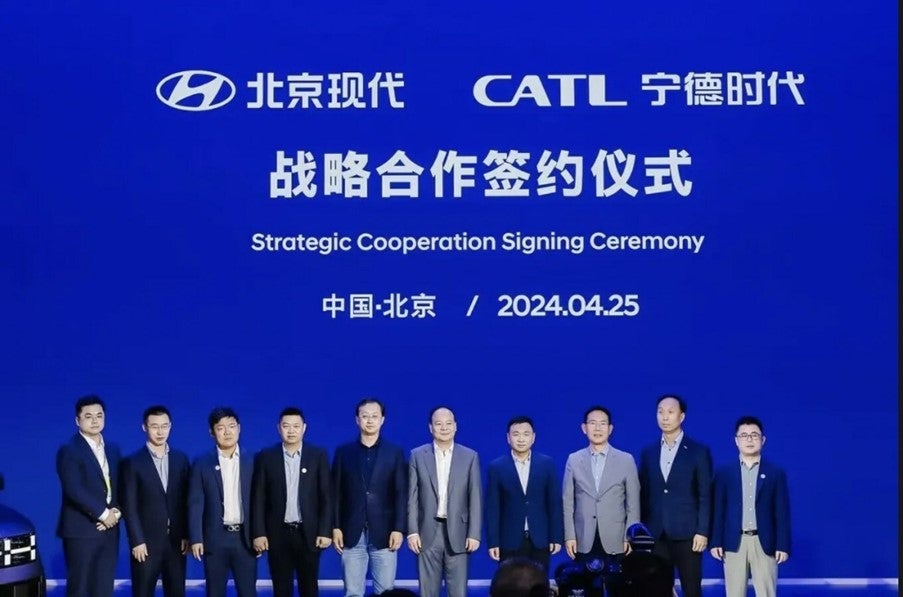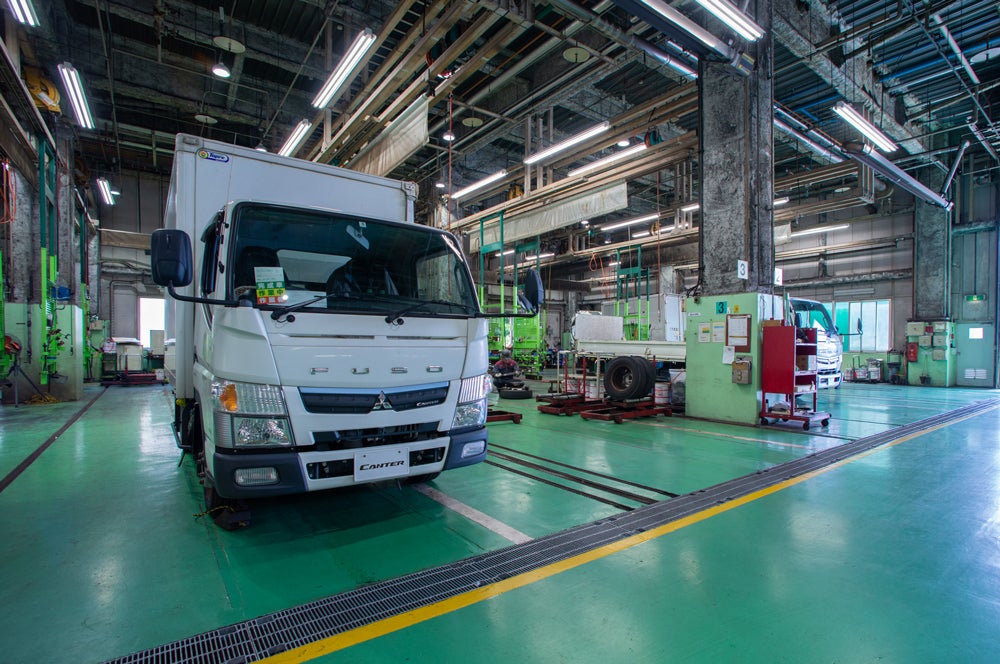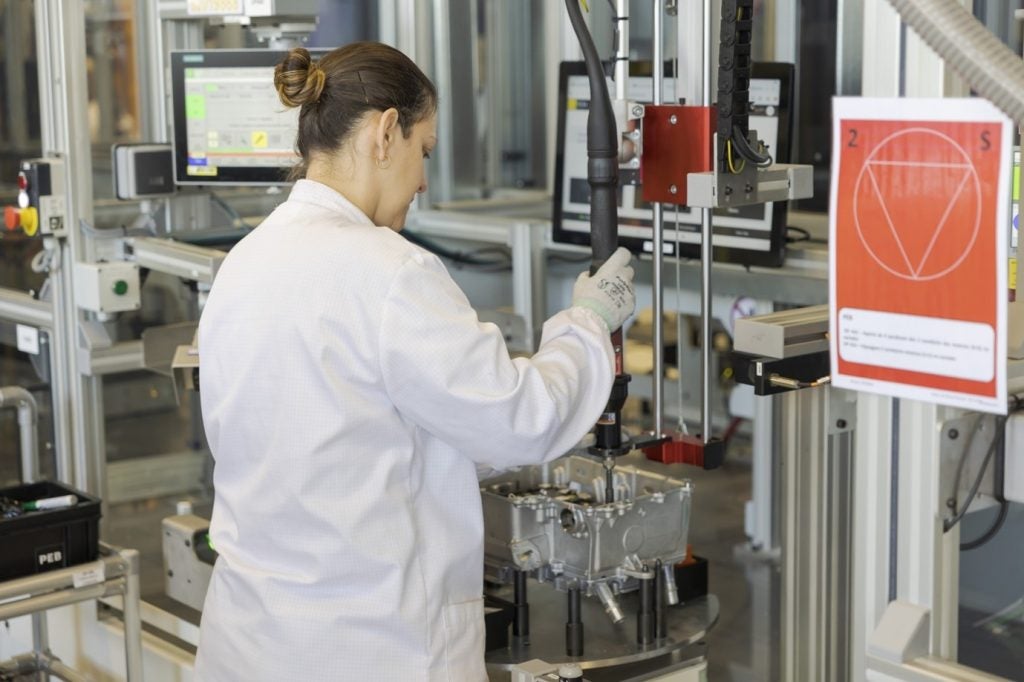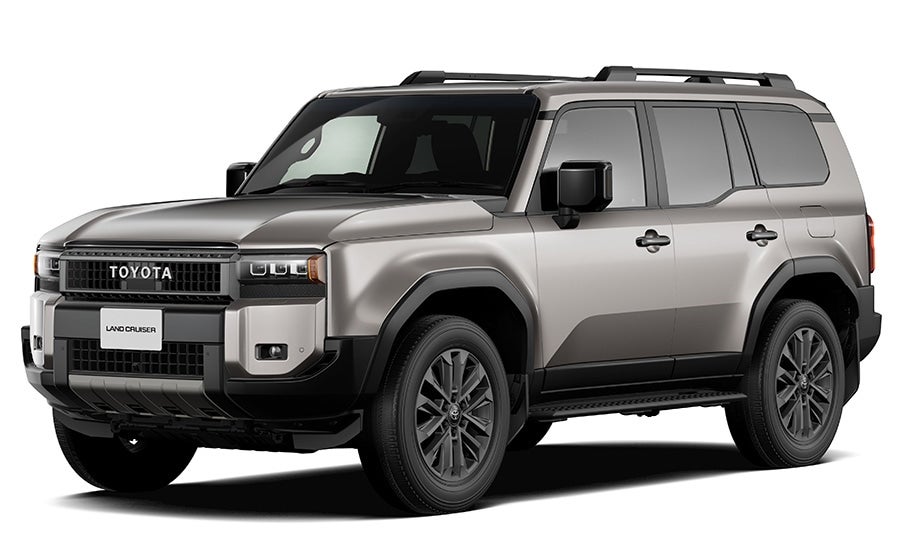A year ago, Colombian president Juan Manuel Santos visited Japan to promote commerce between both countries. Now, the Colombian government has announced that Tokyo and Bogotá have begun official negotiations that should result in an Economic Partnership Agreement (EPA).
The text of the EPA should be finalised next year and will include more than a Free Trade Agreement (FTA) and the automotive segment. If the agreement follows recent FTAs signed between Colombia and other countries, tariffs on vehicles will gradually tier down – from 35% FOB now to zero – in 10 years, beginning in 2013 or 2014.
The Colombian trade balance with Japan is currently negative but, because the Asian country is a major importer of raw materials that Colombia produces, trade could even out.
Japanese vehicles have a long tradition in Colombia. They arrived around 50 years ago when Toyota and Nissan appointed official importers based in Bogotá. Towards the end of the ’70s, Subaru, Honda and Mitsubishi were imported by dealers after the government opened up the economy thanks to a coffee export bonanza.
In 1981 GM took over the Chrysler-Colmotores plant and began to assemble the Suzuki Sprint, Swift, Vitara, Carry, Jimny, WagonR and Esteem plus Isuzu Trooper SUVs and LUV and NPR midsize trucks, all from CKD kits and sold under the Chevrolet brand. But Suzuki assembly ended five years ago when GM sold its stake in the automaker.
Meanwhile, Mazda took over the Fiat assembly plant, also in Bogotá, in 1983. Initially, their products [the brand had just switched its popular 323 and 626 from rear- to front-wheel drive – ed] were strong challengers to rivals from Chevrolet and Renault. In the late ’80s, lacking its own SUV, Mazda also begin to assemble rival Mitsubishi’s Montero [aka Pajero/Shogun]. But the automaker gradually lost market share and was placed just seventh with a meagre 3.3% market share in the first half of this 2012. Mitsubishi assembly ended after almost 20 years and the importer now has just 0.4% of this market.
How well do you really know your competitors?
Access the most comprehensive Company Profiles on the market, powered by GlobalData. Save hours of research. Gain competitive edge.

Thank you!
Your download email will arrive shortly
Not ready to buy yet? Download a free sample
We are confident about the unique quality of our Company Profiles. However, we want you to make the most beneficial decision for your business, so we offer a free sample that you can download by submitting the below form
By GlobalDataToyota also assembled locally in Colombia and, in 1989, began sharing a plant in Medellín with Renault, building 4×4 models. The partnership was strengthened in 2004 when Toyota increased its stake to 40%. It also assembled Daihatsu light trucks in the mid-2000s but, in 2008, Toyota sold out and invested in a wholly owned Hino Trucks assembly plant in Bogotá. Nowadays Toyota sells vehicles through its traditional importer with its own dealership network – market share is 4.4 %.
Nissan’s Colombian operation has become one of the greatest beneficiaries of the FTA with México due to the parent company’s factories in Aguascalientes and Toluca. Since 2011, any Nissan assembled in México can be imported with zero tariffs so it now in fifth position with an 8.2% share.
Honda and Subaru import fully assembled vehicles from Japan and the US but these are much more expensive than locally assembled rivals due to the 35% import tariff and 25% VAT [sales tax]. They have just 0.7% and 0.1% market share, respectively.
A couple of months ago, Suzuki re-entered Colombia through a Chilean owned dealer selling a full range of Japanese and Indian-made models but, so far, its has achieved just a 0.1% share.







